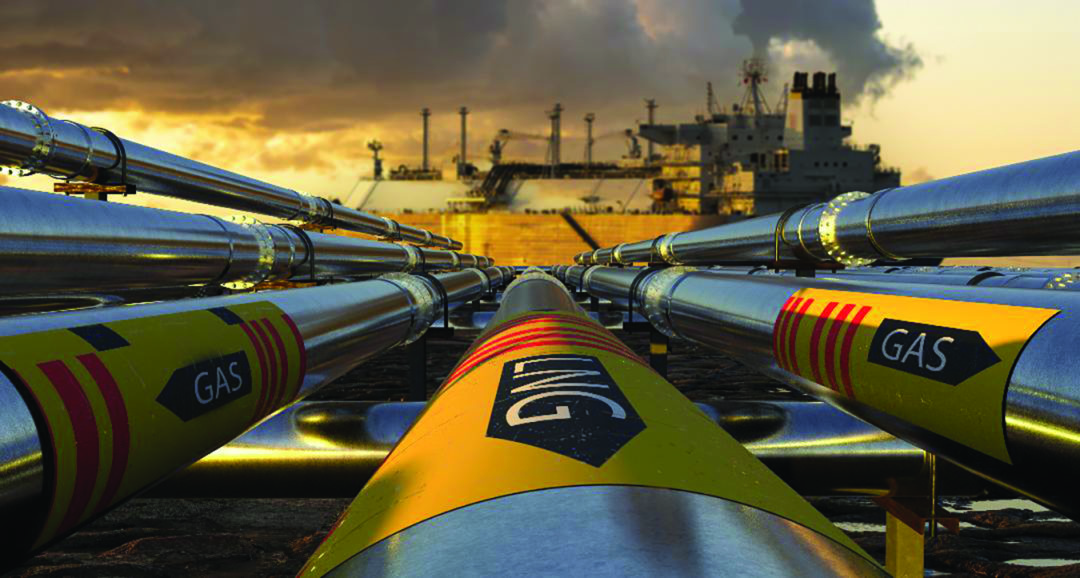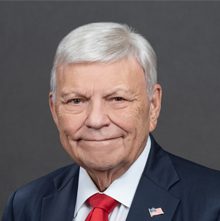Oil Prices Softening, Yet Still High
The high cost and limited supply of diesel fuel has an inflationary effect on all segments of the supply chain.

The fourth quarter of 2022 begins with oil prices softening somewhat. However, they remain near the $100/barrel (Bbl) range, thus continuing the pain at the pump. As of this writing, WTI is at $86.10/Bbl and Brent is at $92.18/Bbl.
The global diesel market is set to get even tighter as global stockpiles remain unusually low at a time when inventories are typically expanding in preparation for winter demand.
As of this writing, diesel fuel is averaging $5.114/gallon nationwide. Why so high? Supply and demand.
The high cost and limited supply of diesel fuel has an inflationary effect on all segments of the supply chain.
According to the September short-term energy outlook, the Energy Information Administration (EIA) sees Brent spot price averaging $104.21/Bbl in 2022 and $96.91/Bbl in 2023. The EIA sees Brent averaging $97.98/Bbl in the fourth quarter.
“We estimate that crude oil prices will generally remain near August average levels through the end of 2023,” the EIA reports. “Although we expect average crude oil prices to mostly remain between $90 per barrel [to] $100 per barrel through the end of next year, the possibility for significant volatility around those averages is high.”
High U.S. Natural Gas Consumption
As of this writing, U.S. natural gas is at $8.038/MMBTU. U.S. natural gas futures rose toward $8.2/MMBTU after the EIA reported that utilities added 54 billion cubic feet (bcf) of gas storage at the beginning of September.
The United States has consumed more natural gas to meet electricity demand this summer than in the previous five-year average. Despite high gas prices, strong growth in U.S. natural gas consumption has been supported by rising consumption across all sectors. In particular, the limited conversion of natural gas to coal in the power sector resulted in increased demand for natural gas.
Low inventories, lower than expected production, high demand for U.S. liquified natural gas (LNG) exports, and high gas demand from the power sector are all driving up gas prices.
The combination of the war in Ukraine and net-zero emissions targets have altered oil and gas trade patterns, and with them plans for future pipeline development.
The majority of planned projects are for natural gas lines, accelerating a pattern already in place. Most of these projects fall into two categories:
1. LNG-related projects to get gas to liquefaction plants and then from terminals to market.
2. Domestic buildout for the transition from coal to natural gas.
LNG Exports
The United States became the world’s largest LNG exporter during the first half of 2022. Fire outages at the Freeport, Texas, liquefaction plant reduces LNG exports from 12 billion cubic feet/day (bcfd) to 10.9 bcfd for the remainder of 2022.
Europe is the leading destination for U.S. LNG exports.
Cheniere Energy is responding to the increase demand by announcing plans for additional Corpus Christi LNG expansion beyond stage three, which received final investment division in June of this year. The company already received orders for an additional 3 million tons per annum of LNG beyond the anticipated capacity of stage three.
The fourth phase will begin construction in 2024, provided it is approved by federal regulators.
Delfin Midstream, a U.S.-based company specializing in export infrastructure for LNG, and producer Devon Energy Corp. announced a preliminary deal that will further support the U.S. position as a lead natural gas exporter.
The companies signed a heads of agreement arrangement that deals with the first-ever plans to develop a floating liquified natural gas vessel.
Delfin expects to make a final investment decision on the facility by the end of the year.
Russia is telling European clients that supplies from the North Stream gas network in the Baltic Sea will continue only when sanctions imposed over the war are lifted.
This leaves it largely to suppliers such as the United States, Australia and Qatar to fill the void; the United States may have the greatest potential.
The U.S. Department of Energy puts exports of LNG at 11.1 Bcfd on average during the first half on 2022. Once three export projects under construction are completed in 2025, total export capacity will increase by another 5.7/Bcfd.
The global market is facing significant pressure from extraordinary high commodity prices, particularly for natural gas. With new development such as the Delfin-Devon agreement, it seems promising that at least part of the Russia-linked supply problem in the natural gas market can be resolved.
Tesla is currently evaluating whether to set up a lithium refinery on the Texas Gulf Coast, thus securing the supply of the precious material used to make electric vehicle batteries.
Tesla filed an application with the Texas Comptroller’s Office in August describing the facility, which will be the first of its kind in North America.
Piping Price Increases
Another reminder, oil country tubular goods (OCTG) pipe mills report that piping is expected to increase by the amount of the punitive duties (that could be up 69 percent) to be imposed by the International Trade Commission (ITC) and the U.S. Department of Commerce (DOC).
The issuance of the final ruling from the ITC and the DOC regarding the anti-dumping and countervailing duty petition on OCTG from Argentina, Mexico, The Republic of Korea and Russia is expected this month or early October. As of this writing, a decision not been announced; however, we anticipated an announcement by the end September.
Europe is facing a catastrophic energy crisis; Putin’s gas cut-off has done plenty of damage already. Around three million tons of Europe’s stainless-steel capacity is at risk. Energy costs are surging and many plants cannot afford to continue operations.
During August, the Belgian Aperam Mill shut down its mill in Gene. Soon after, it reduced production at its Chatelet Mill. Recently, Spanish company Acrinox announced it would cut production and place 85 percent of its employees on short-time work. Attention is now focused on other major European producers that have the same incentives to reduce or curtail their production.
With these developments in mind, it is critical to maintain close relations with your manufacturers/suppliers to avoid being unprepared for price fluctuations and shipping delays (especially true for those relying on offshore producers).
Industrial Manufacturing Outlook
The U.S. Industrial Manufacturing Industry is trending upward, despite the effects of rising inflation rates, economic uncertainty, supply chain constraints, shortage of skilled labor and rising interest rates.
However, recent survey respondents expressed concern for a softening economy, with 18 percent of their comments noting concern about booking contraction and 12 percent reflecting worries about total supply chain inventory.
Recent conversations with East Coast distributors indicate they are seeing a softening of private-sector-funded projects while the public-funded construction sector remains strong.
PVF Roundtable News
Weldbend associates look forward to seeing and meeting you at the Weldbend sponsored dinner event, to be held Oct. 11, 2022, beginning at 4:30 p.m. CDT the Marriott Houston Westchase in Houston.
Keynote speaker Robert Bryce will address industry issues regarding energy production. He is an Austin, Texas-based author, journalist, film producer and public speaker.
The PVF Roundtable TroutBlast Fishing Tournament was held October 7-8 in Matagorda, Texas, beginning with the Captain’s Dinner on the 7th at the Storm Shack.
The fishing tournament was held on the 8th at Blackjack Tournament, Matagorda Harbor. The TroutBlast event was a resounding success, setting a new record for attendance and fund-raising, thanks to the leadership of Jamie Meade, PVFRT board member, and Colton X-Cel president North & South America.
The memorial golf tournament and the TroutBlast are the two major fund-raising events held by the PVF Roundtable Charitable Foundation, with the funds raised dedicated to the PVF Roundtable Scholarship Programs. To date, $1.4 million in scholarships have been distributed to universities and trade schools for the development of a skilled labor force for the PVF -industry.
As a member of the board of directors, and I speak for all members, we thank you for your participation in these events.
With the uncertainties in the current turbulent PVF market, the Networking Meetings are a unique venue for you and your associates to network with your peers in the PVF industry. These events provide the platform to share information, discuss pertinent issues, meet new contacts, develop new long-lasting friendships and to pursue new opportunities in the industry.





